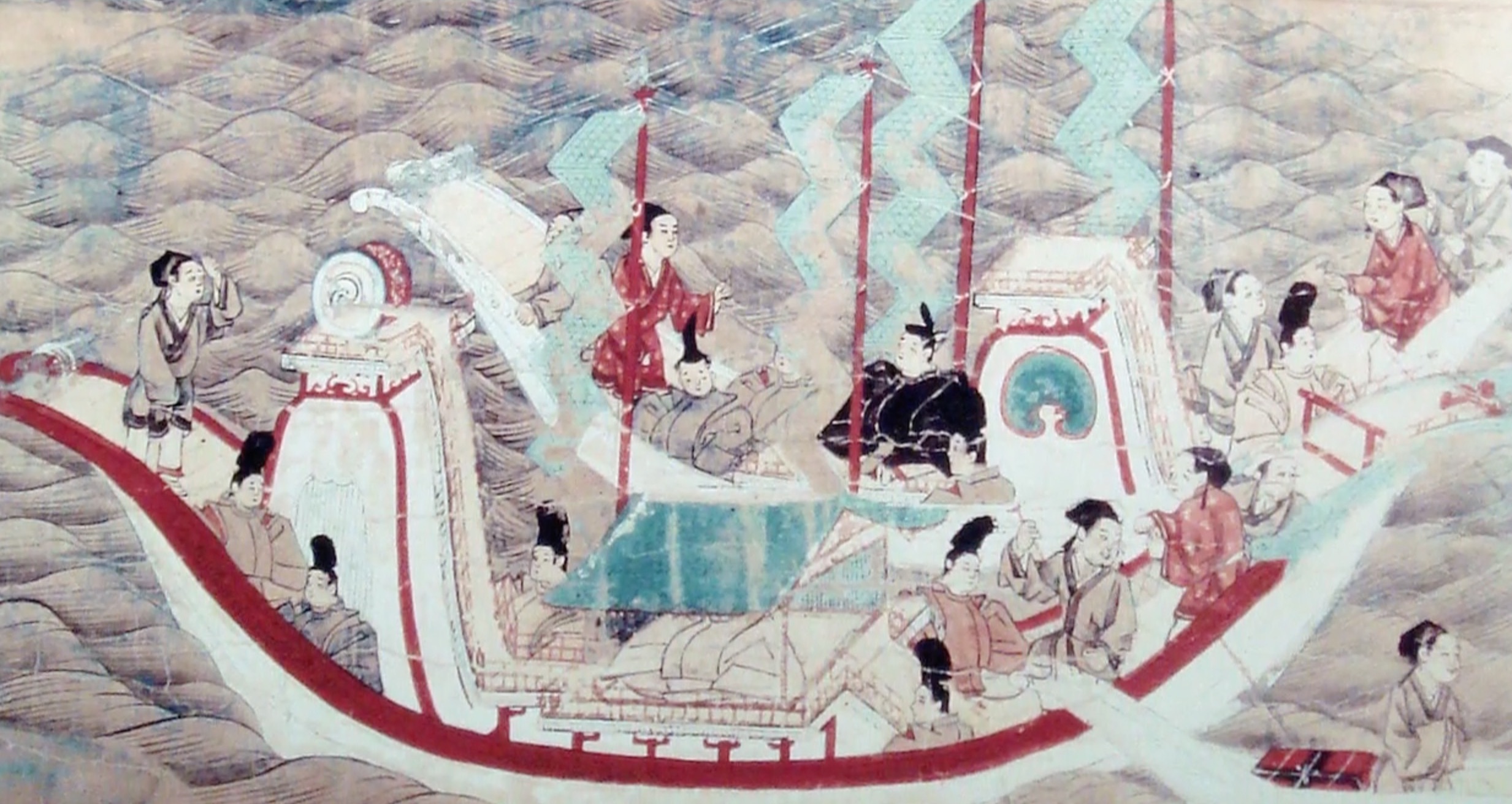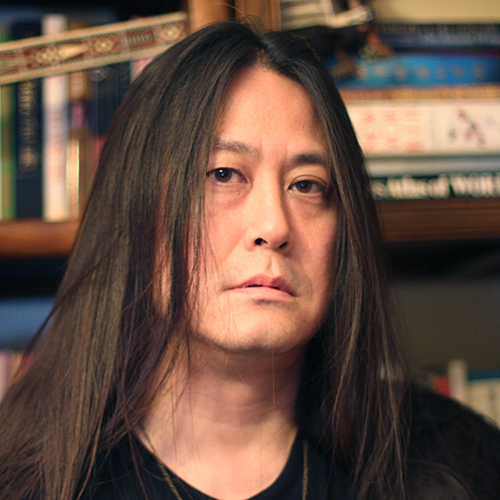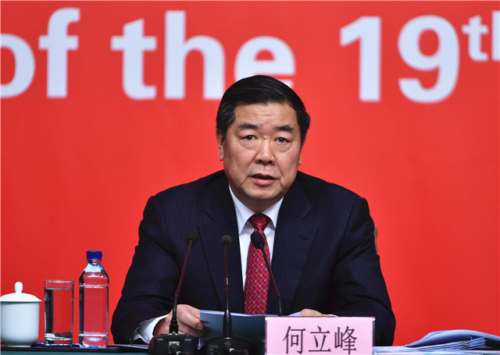Kuora: Chinese culture’s diffusion to Japan and Korea

This week’s column comes from one of Kaiser’s answers originally posted to Quora on March 19, 2018:
Why were Korea and Japan so influenced by Chinese culture in the past?
Simply put, China’s influence on Korea and Japan was due to geographic proximity, the relatively earlier development of a sophisticated state in China, demonstrably useful technological and institutional innovations in China, and sheer size and wealth.
Much of this cultural borrowing seems to date to the period of Tang, from 618 to 907, but especially in the first half of that dynasty. Tang was relatively open, and was itself very curious and open to absorption of ideas from other cultures: Notably it was during Tang that Buddhism, imported from India, became extremely widespread in China.
Influence moved both ways, and China would certainly borrow innovations that came from the countries to its east as well as those from its west and south. But any fair assessment must recognize that the flow was mainly from China to Korea and Japan. (Vietnam, too, though you didn’t ask about that.)
Although they spoke totally unrelated languages, both Korea and Japan adopted the Chinese writing system as well as a great deal of vocabulary from Chinese. The Korean writing system called Hangul — itself clearly a work of genius — was created in the 15th century, and prior to that Korean was written in classical Chinese. Japan used Hanbun (modified Chinese characters) to write until the introduction of man’yōgana in probably the late 7th or early 8th century. It was from this system that modern hiragana and katakana were derived, though any educated Japanese person has a couple thousand kanji characters under his or her belt. Educated Koreans, too, still recognize many Chinese characters.
Both Korea and Japan adopted Confucianism as a set of principles for the ordering of state and society, and this is perhaps the most significant borrowing, as it was really the “operating system” for elites in these societies, as it was in China. Korea and Japan borrowed many features of Chinese political institutions that are, rightly or wrongly, associated with Confucianism.
Korea and Japan both adopted forms of Chinese dress, hairstyles, aesthetics, musical forms, furnishings, and architectural styles, too. Many of these were actually “preserved” in Japan and Korea while they underwent significant changes in China. Styles of clothing we now associate with Japan and Korea, for example, seem to have remained largely unchanged from the time they were borrowed from China, again mainly in Tang.
They also absorbed a huge range of technologies ranging from military to agricultural to civil engineering.
It’s probably important to note that in the last two centuries, influence in the other direction, especially from Japan, has been very significant for China. In the late 19th and early 20th century, a great many Chinese studied in Japan to learn how Japan had modernized so rapidly. Huge numbers of Japanese words, written in Chinese characters, were imported into the Chinese vocabulary. Almost all of the words we now associate with the social sciences were brought in from Japan, to include the very words for society, economics, and politics.
Lest anyone accuse me of seeing cultural borrowing as somehow shameful, let me state plainly that I regard it not just as entirely practical and sensible, but as laudable; and anyone who would resist borrowing or acknowledging historical borrowing on the basis of some misplaced national pride is just wrongheaded.
Kuora is a weekly column.






